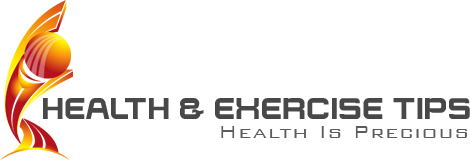In an era dominated by high-resolution screens and multimedia-rich Canada e-reader, the resurgence of E-Ink tablets presents a fascinating shift toward digital minimalism. These devices, powered by electrophoretic display technology, offer a unique blend of the tactile satisfaction of paper with the digital convenience of modern tech. From writers to students and digital artists to executives, E-Ink tablets are becoming essential tools for focused, distraction-free productivity.
What Are E-Ink Tablets?
E-Ink (short for Electronic Ink) tablets are digital devices that use a display technology designed to mimic the appearance of ink on paper. Unlike traditional LCD or OLED screens, E-Ink displays are non-backlit and rely on ambient light, making them far gentler on the eyes, especially during prolonged use. They are best known for their use in e-readers, like the Kindle, but modern advancements have evolved these devices into full-fledged tablets capable of note-taking, sketching, document editing, and even basic app use.
Key Features and Advantages
- Eye Comfort
E-Ink screens reduce glare and blue light exposure, minimizing eye strain and making them ideal for long reading or writing sessions. - Battery Life
Due to their low power consumption—only using energy when the screen changes—E-Ink tablets can last days or even weeks on a single charge. - Paper-like Writing Experience
Paired with a stylus, many E-Ink tablets replicate the feeling of pen-on-paper, which appeals to writers, note-takers, and artists alike. - Distraction-Free Environment
Unlike tablets loaded with apps, notifications, and games, many E-Ink tablets are purpose-built for focus, offering a minimalist interface that helps users stay on task.
Popular E-Ink Tablet Brands
- reMarkable: Known for its ultra-thin design and intuitive note-taking features, reMarkable tablets are a favorite among professionals and students.
- Boox (by Onyx): Offering Android-based systems, Boox devices are more versatile, supporting apps like Kindle, OneNote, and Dropbox.
- Kindle Scribe: Amazon’s latest entry into the E-Ink tablet market blends its e-reading legacy with note-taking capabilities.
Common Use Cases
- Academic Note-Taking: Students can annotate PDFs, jot down lecture notes, and keep organized digital notebooks without carrying stacks of paper.
- Professional Productivity: Executives and creatives use them for brainstorming sessions, signing documents, and sketching wireframes or concepts.
- Reading and Annotation: E-Ink tablets offer a perfect platform for reading lengthy documents, books, and research papers while allowing annotations without eye fatigue.
The Future of E-Ink Tablets
As screen fatigue and digital burnout become growing concerns, the demand for simpler, healthier technology is likely to grow. E-Ink tablets are evolving with better refresh rates, color displays, and hybrid systems that integrate the best of both paper and pixels. Their potential in education, healthcare, and business settings is vast—and largely untapped.
Conclusion
E-Ink tablets symbolize a shift toward mindful technology use. By focusing on function over flash, they offer a haven for those looking to reclaim their attention in an increasingly noisy digital world. Whether you’re a student, writer, artist, or executive, an E-Ink tablet may just be the perfect bridge between analog elegance and digital power.

